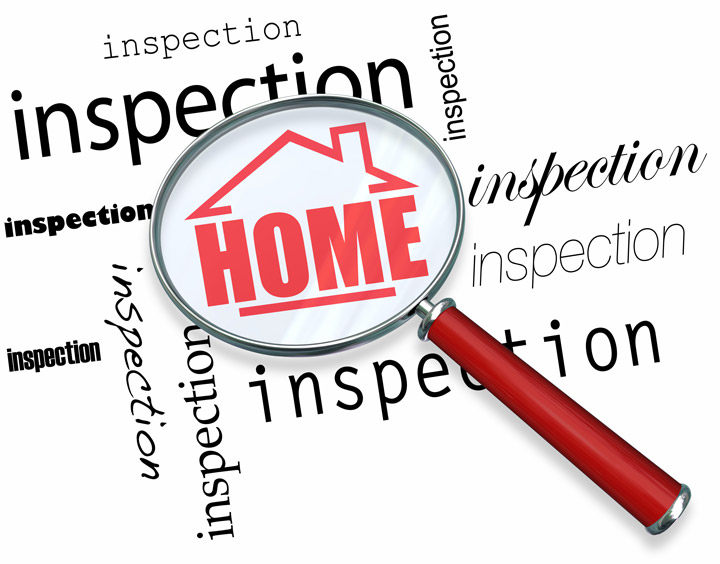
What Are the Parts of an Appraisal?Getting real estate can be the largest investment most people could ever encounter. It doesn't matter if a main residence, a seasonal vacation property or one of many rentals, the purchase of real property is a detailed financial transaction that requires multiple people working in concert to make it all happen. Most of the participants are quite familiar. The most familiar person in the transaction is the real estate agent. Then, the bank provides the financial capital required to bankroll the exchange. And ensuring all requirements of the exchange are completed and that the title is clear to transfer to the buyer from the seller is the title company. So, who makes sure the property is worth the amount being paid? In comes the appraiser. We provide an unbiased estimate of what a buyer could expect to pay — or a seller receive — for a property, where both buyer and seller are informed parties. A licensed, certified, professional appraiser from Joyner Appraisal will ensure, you as an interested party, are informed. Inspecting the subject propertyTo ascertain the true status of the property, it's our responsibility to first conduct a thorough inspection. We must see aspects of the property first hand, such as the number of bedrooms and bathrooms, the location, and so on, to ensure they indeed exist and are in the shape a typical buyer would expect them to be. The inspection often includes a sketch of the property, ensuring the square footage is proper and illustrating the layout of the property. Most importantly, we identify any obvious amenities - or defects - that would affect the value of the house. Next, after the inspection, an appraiser uses two or three approaches to determining the value of real property: sales comparison and, in the case of a rental property, an income approach. 
Replacement CostThis is where the appraiser gathers information on local building costs, the cost of labor and other elements to figure out how much it would cost to build a property comparable to the one being appraised. This value often sets the maximum on what a property would sell for. The cost approach is also the least used method. 
Sales ComparisonAppraisers get to know the communities in which they work. They innately understand the value of specific features to the residents of that area. Then, the appraiser researches recent transactions in the area and finds properties which are 'comparable' to the subject in question. By assigning a dollar value to certain items such as square footage, extra bathrooms, hardwood floors, fireplaces or view lots (just to name a few), we adjust the comparable properties so that they are more accurately in line with the features of subject property.
Once all necessary adjustments have been made, the appraiser reconciles the adjusted sales prices of all the comps and then derives an opinion of what the subject could sell for. When it comes to putting a value on features of homes in Sanford and Lee, Joyner Appraisal is second to none. This approach to value is commonly given the most weight when an appraisal is for a real estate sale. Valuation Using the Income ApproachA third method of valuing a house is sometimes used when an area has a reasonable number of renter occupied properties. In this scenario, the amount of income the real estate generates is taken into consideration along with income produced by neighboring properties to give an indicator of the current value. Coming Up With The Final ValueExamining the data from all applicable approaches, the appraiser is then ready to document an estimated market value for the property in question. The estimate of value on the appraisal report is not always the final sales price even though it is likely the best indication of what a property is worth. There are always mitigating factors such as seller motivation, urgency or 'bidding wars' that may adjust an offer or listing price up or down. Regardless, the appraised value is typically used as a guideline for lenders who don't want to loan a buyer more money than they could get back in the event they had to sell the property again. The bottom line is, an appraiser from Joyner Appraisal will guarantee you get the most accurate property value, so you can make profitable real estate decisions. |